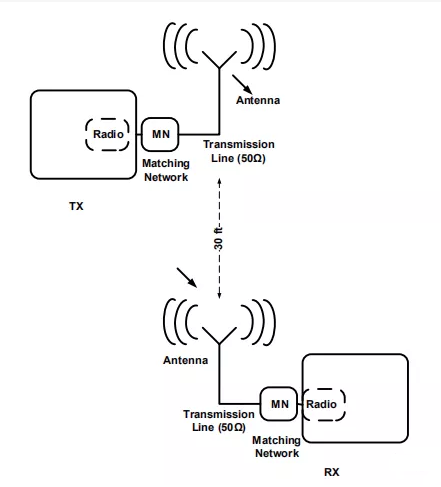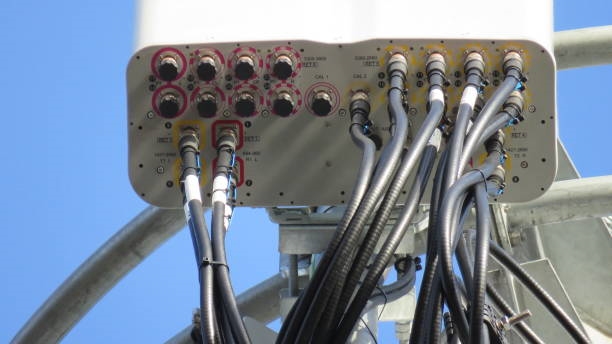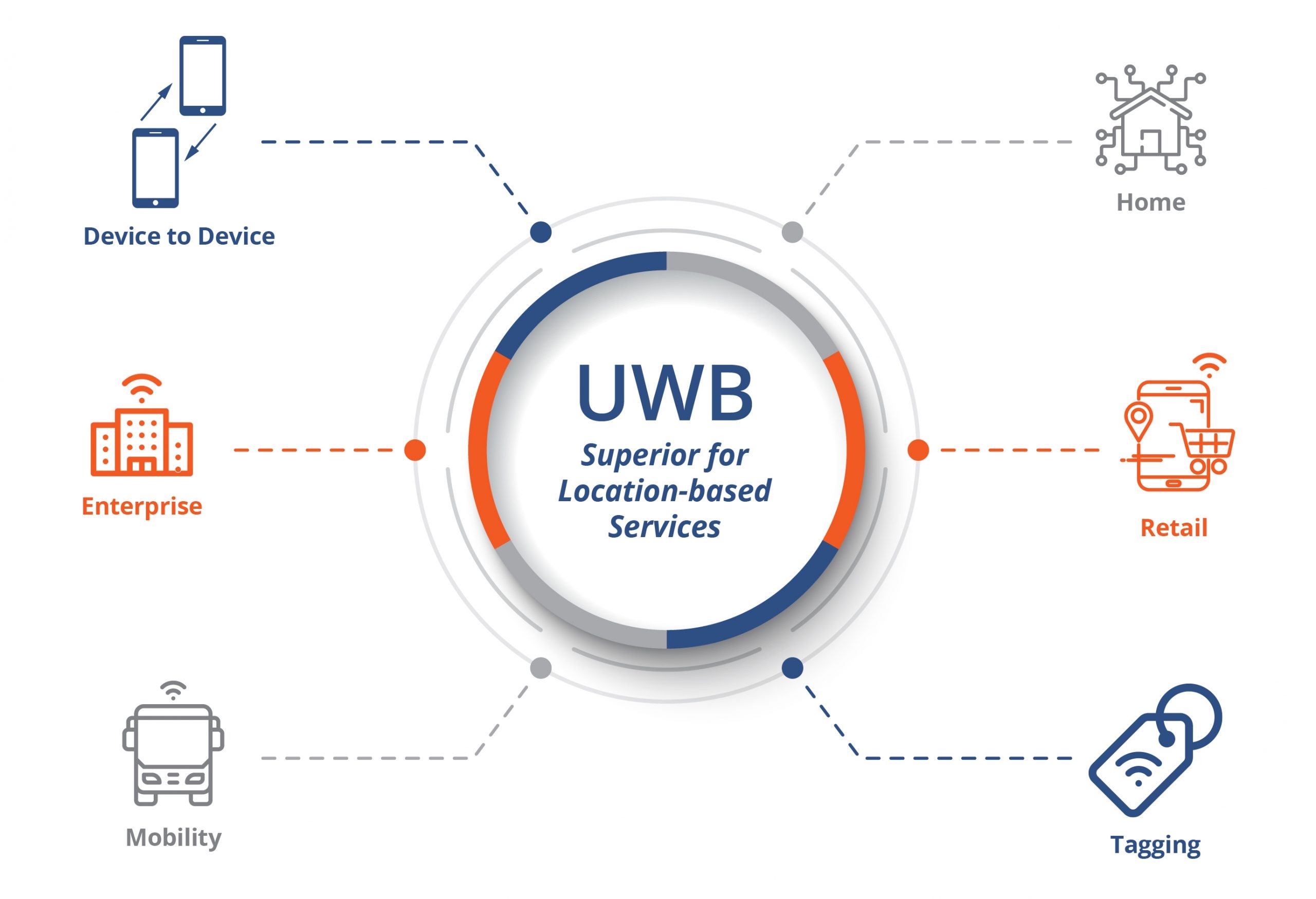Introduction to Gain Antennas
Gain antennas are designed to amplify wireless signals in specific directions. Antenna gain quantifies how much a signal is amplified in a particular direction and is typically expressed in decibels (dB) or dBi. By optimizing antenna geometry and element arrangement, gain antennas increase signal strength in targeted directions, improving communication performance and coverage.
Gain antennas are used across many wireless systems, including mobile, satellite, and wireless networking. They can extend transmission range and improve receiver sensitivity, enhancing link quality and reliability. However, gain is limited by factors such as antenna size, operating frequency, and wavelength, so antenna selection must match the application requirements.
Different gain antenna types suit different needs: directional gain antennas are appropriate for long-range or point-to-point links, while omnidirectional gain antennas suit broad coverage or multi-point scenarios.

Antenna Length and Frequency
To ensure transmission efficiency, a communication antenna's length is commonly around one quarter of the electromagnetic wavelength. Lower frequencies have longer wavelengths and therefore require longer antennas; higher frequencies have shorter wavelengths and use shorter antennas. For example, the commonly used 2.4 GHz band has a short wavelength, allowing either internal or external antennas.
Antennas shorter than a quarter wavelength, such as 1/8 or 1/16 wavelengths, are possible but less efficient. Some devices use a short antenna plus a low-noise amplifier (LNA) to achieve similar receive performance to a longer antenna. However, to match the transmit performance of a longer antenna, a short antenna requires increased transmit power. That is why handheld transceivers typically use long external antennas for transmitting, while FM radios that only receive can use internal antennas.
Typical IoT and wireless communication bands that can use internal antennas include 2G (around 900 MHz), various 4G bands (approximately 700–2600 MHz), Wi?Fi and Bluetooth (2.4 GHz), and GPS (around 1.5 GHz).
Placement and Form Factor Considerations
Small devices such as handhelds, wearables, and smart home products generally use internal antennas for higher integration and cleaner product appearance, with a modest tradeoff in performance versus external antennas. Any connected device needs an antenna for data transmission.
As device size decreases and frequency bands increase, antenna design complexity grows. External antennas are often standardized components: choose a part that matches the frequency band and it can be used with minimal tuning. For example, devices like parcel lockers or vending machines frequently use magnetic-mount external antennas attached to metal enclosures.
However, antennas cannot be placed inside metal cabinets because metal shields RF signals, so external placement is required. External antennas are convenient and low cost but unsuitable for compact product form factors.
Advantages and Disadvantages of Gain Antennas
Advantages
- Improved signal strength and receiver sensitivity: Gain antennas enhance received signal levels and sensitivity, which helps maintain communication quality in long-range, weak-signal, or challenging environments.
- Expanded coverage: Using gain antennas can increase communication range, reduce error rates, and improve link quality.
- Reduced infrastructure cost: In some cases, higher-gain antennas can reduce the number of base stations or network elements required, lowering deployment cost.
- Directionality: Directional gain antennas concentrate energy in specific directions, improving reception efficiency and reducing background noise and interference from unwanted directions.
Disadvantages
- Susceptibility to interference: In dense urban or built environments, gain antennas may pick up or be affected by other wireless signals and devices, causing interference.
- Directional limitations: Directional gain antennas receive best from specific directions and are not suitable for applications requiring omnidirectional coverage.
- Size and cost: Gain antennas are often larger and more expensive than other antenna types, which can limit their use in some applications.
- Installation and tuning: Proper installation and alignment require expertise; incorrect mounting or orientation can degrade performance.
When deploying gain antennas, weigh these tradeoffs against the application requirements and operating environment to select the most appropriate antenna type.
 ALLPCB
ALLPCB







